[javascript protected email address]
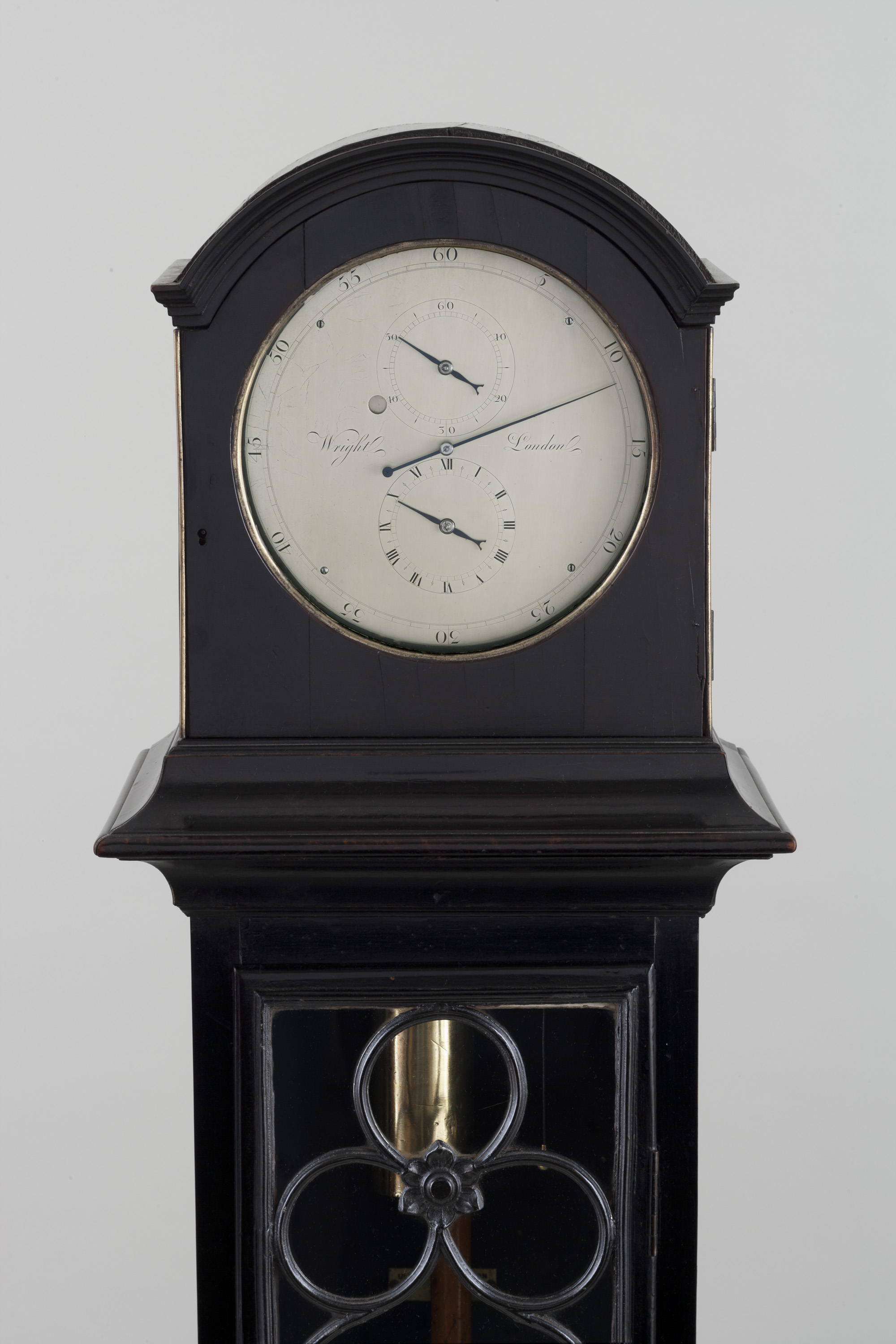
Thomas Wright, London

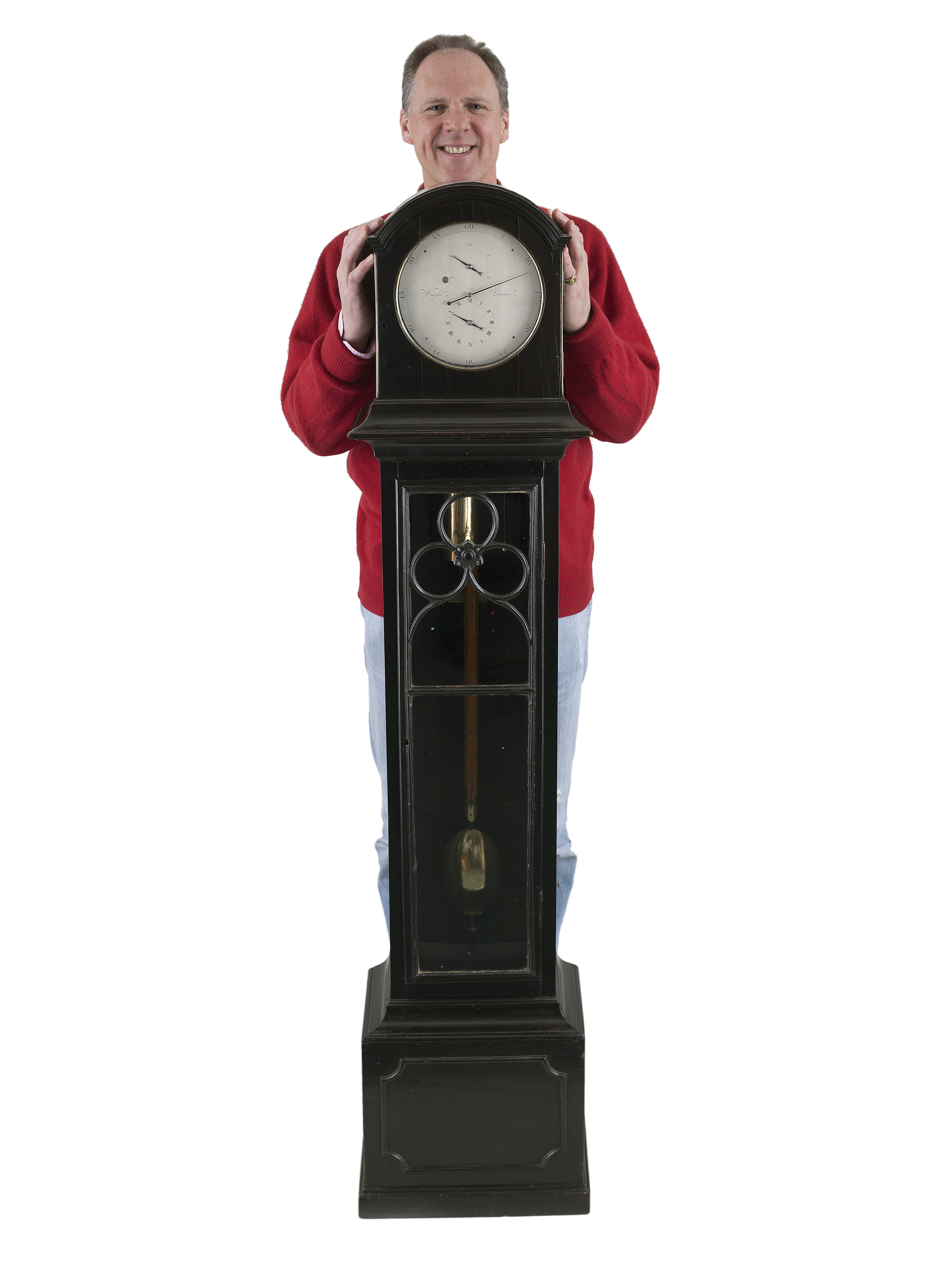
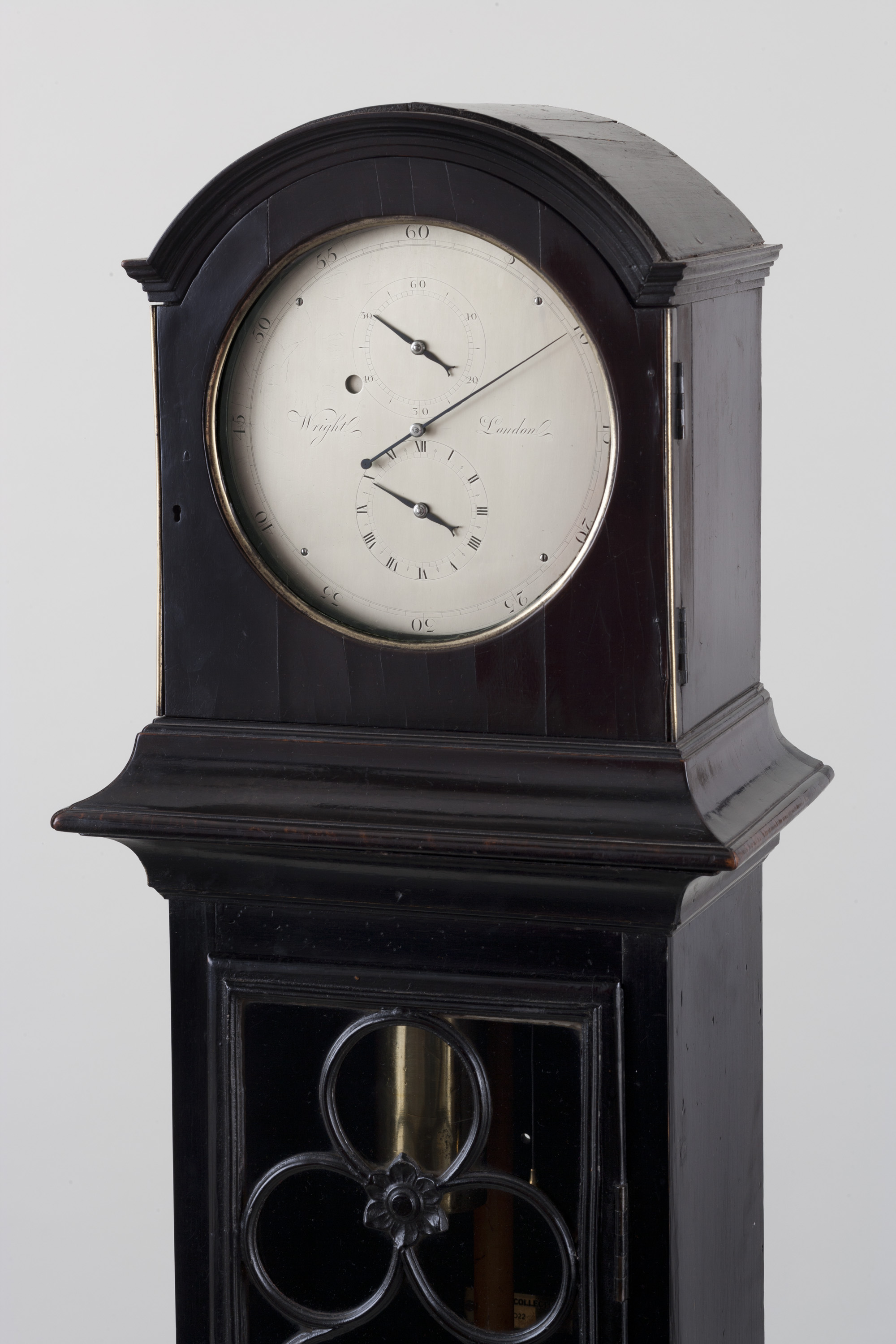
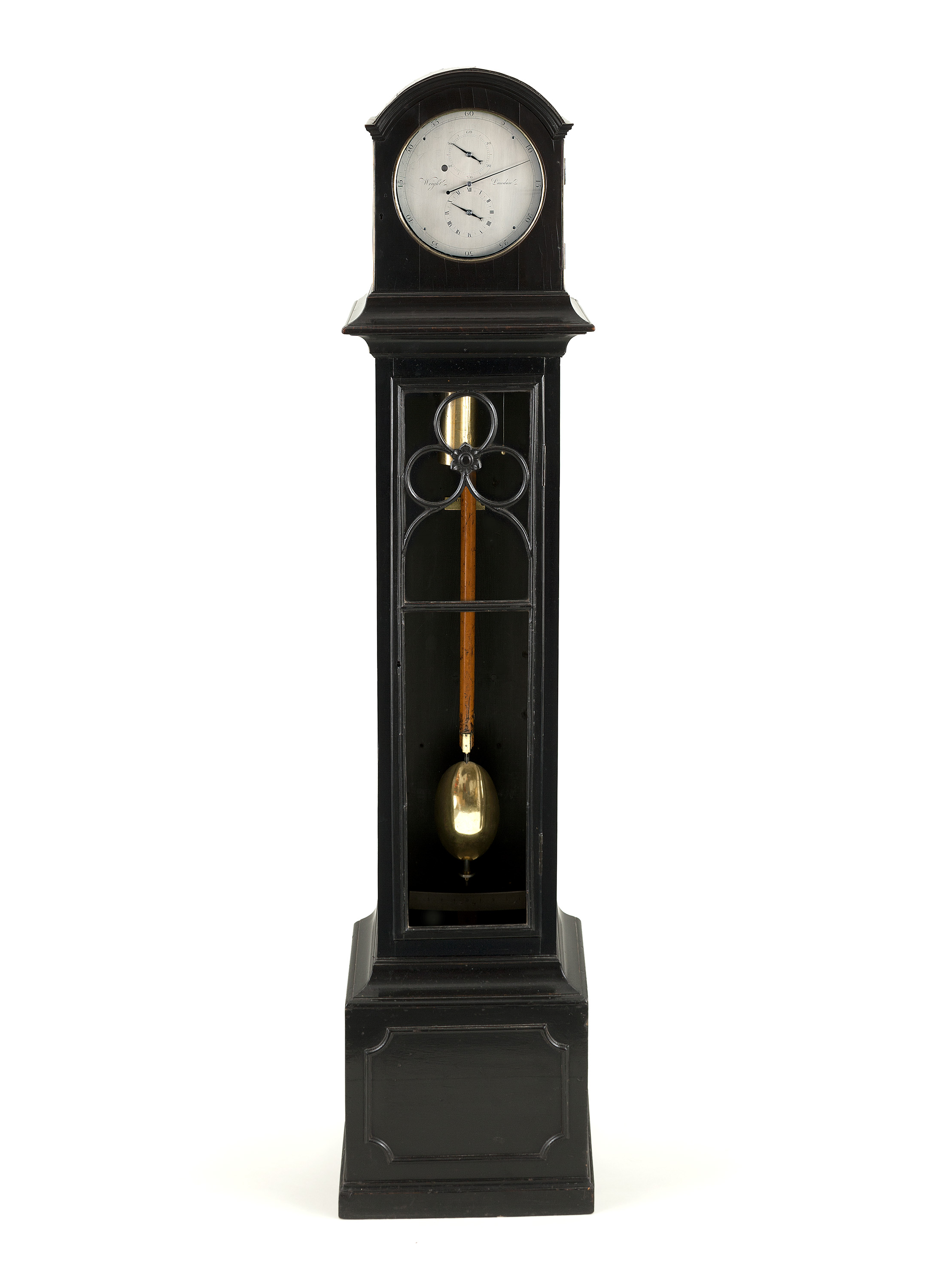
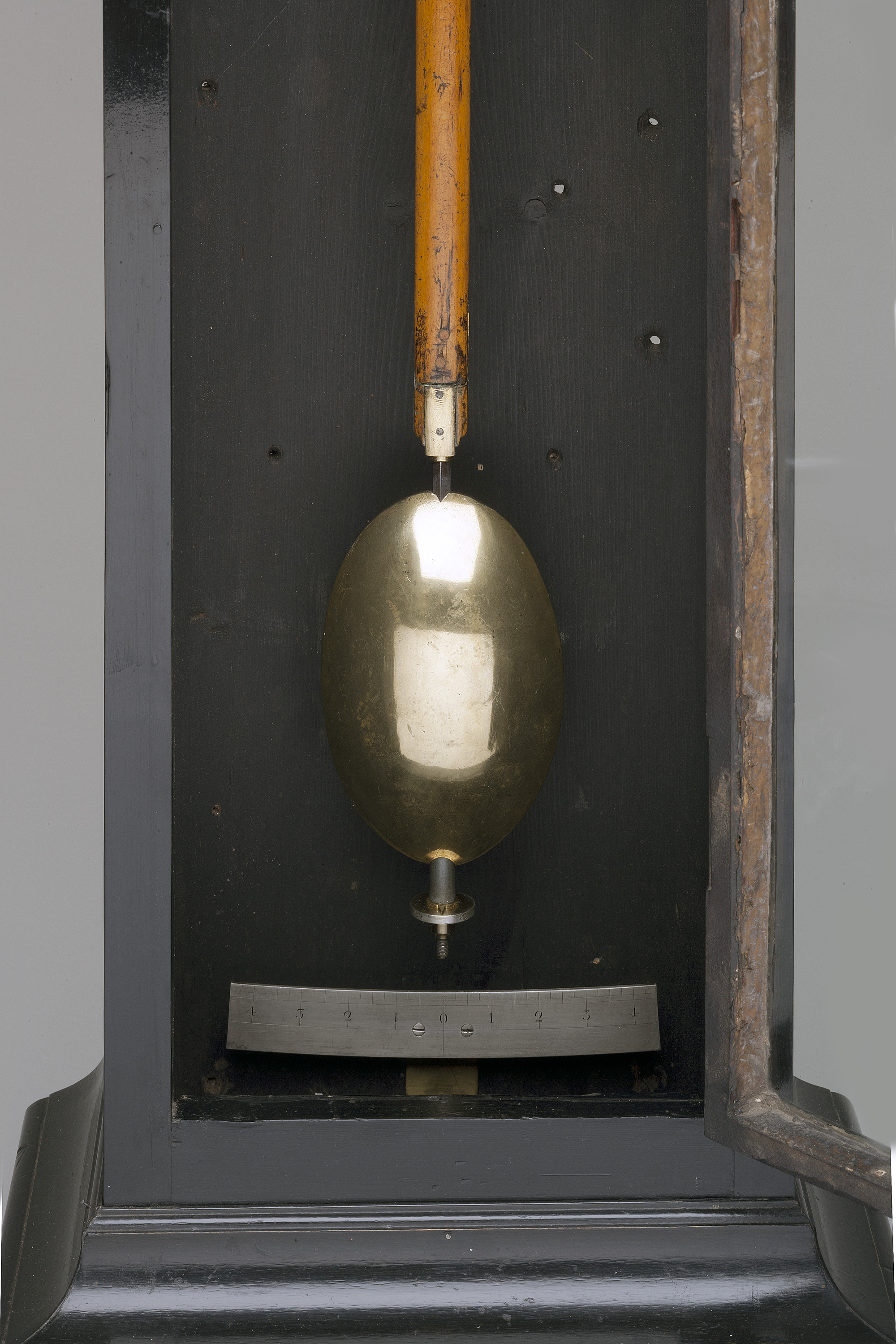
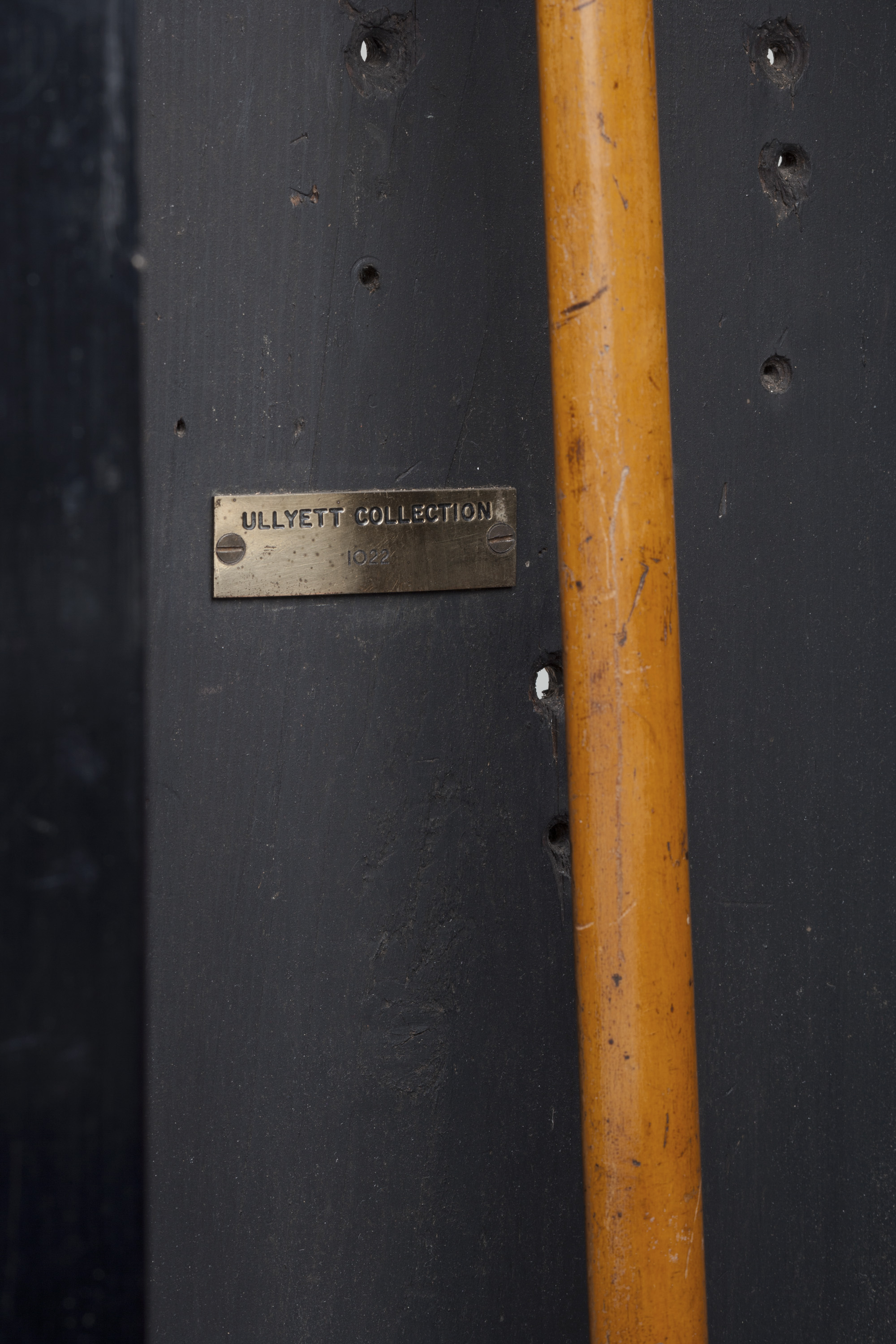
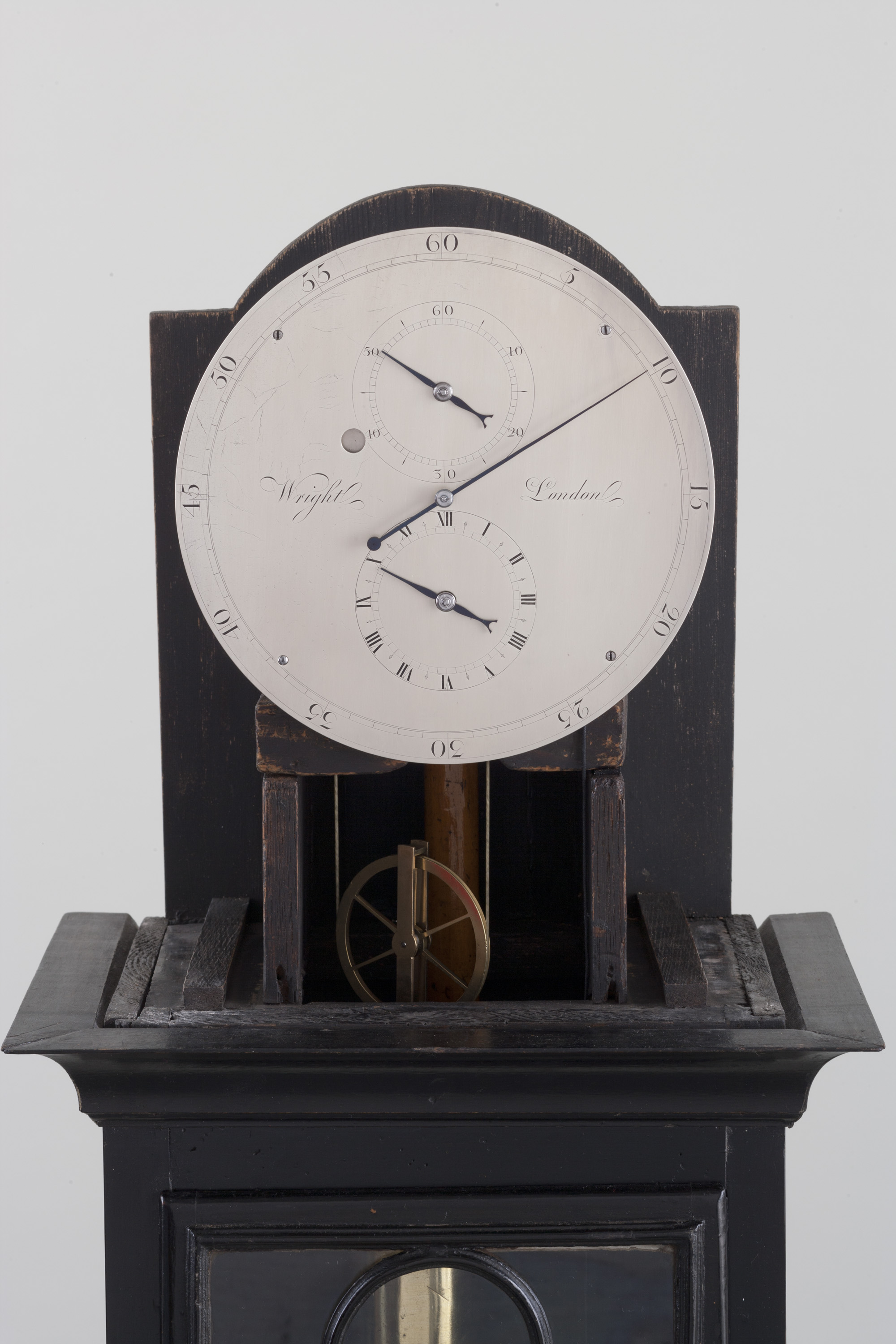


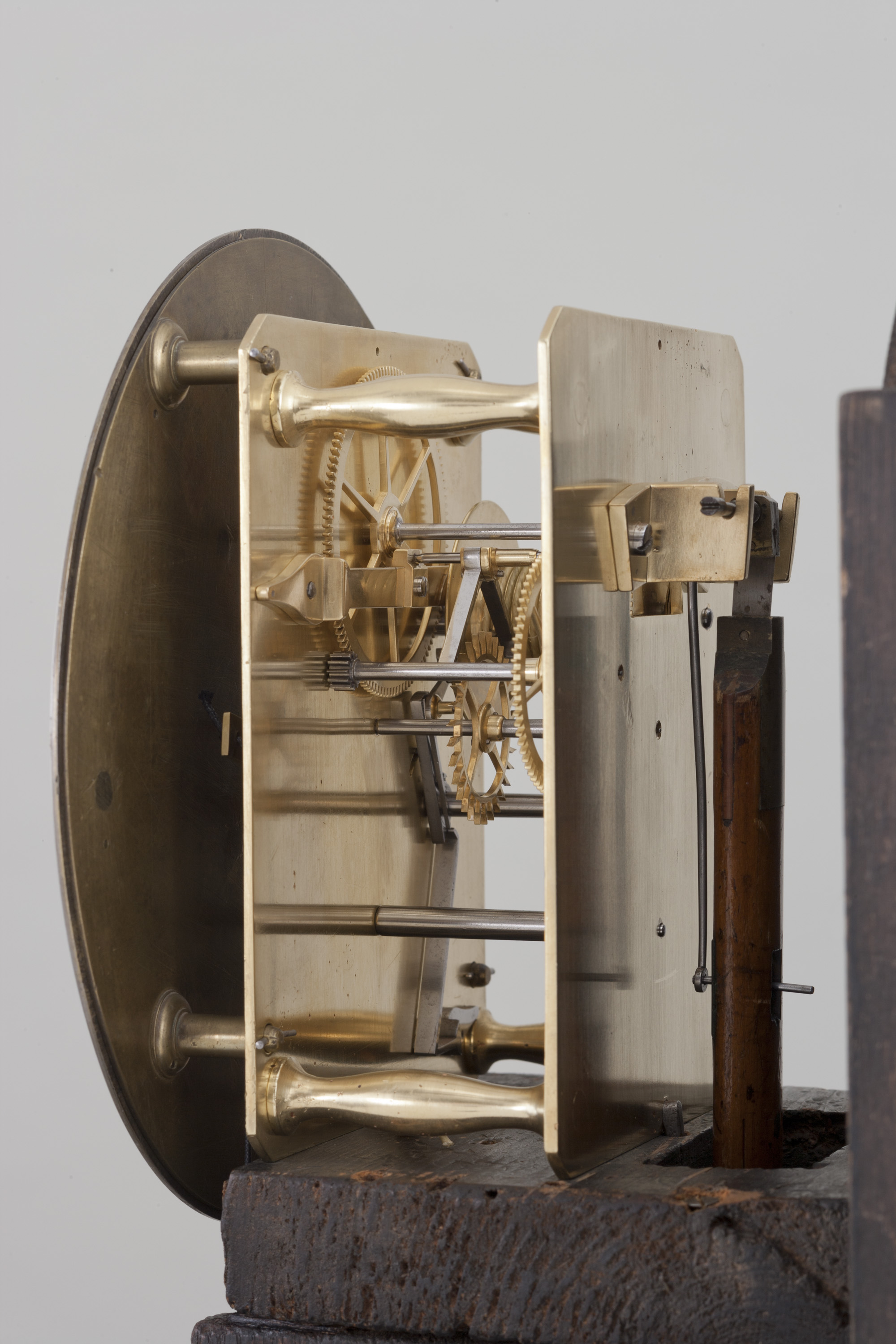
Circa 1790
Sold
5 ft. 3 inches high
A very unusual ebonised fruitwood miniature 8-day longcase regulator. CASE The ebonised fruitwood case rests on a simple skirted plinth base, which is applied to the front with a hollow-cornered panel. The slender trunk has an unusual glazed door decorated with a trefoil astragal at the top. The ebonised backboard has a pendulum beat scale and an applied brass plaque engraved ULLYETT COLLECTION 1022. The hood has accentuated concave throat mouldings, a breakarch top and brass-lined front door. DIAL The silvered regulator dial is signed Wright London and has an unusual lay-out with outer concentric sweep seconds and subsidiary rings for the minute and hours. The finely sculpted hands are made of blued steel with polished steel collets. MOVEMENT The highly individual movement has four elegant baluster pillars that are pinned at the front plate; the high-count wheel train has an unusual lay-out; the hour and minute wheels with six crossings, the �scape wheel with four. The great wheel and barrel are positioned in the upper left side of the movement with bolt-and-shutter maintaining, the deadbeat with Vulliamy-type anchor with a wood-rod pendulum suspended from a T-bar with screw-thread beat adjustment, the lovely pendulum bob is made in the form of an elegant oval terminating in a calibrated silvered rating nut. PROVENANCE This unusual regulator formed part of the private collection of the late Kenneth Ullyett, a collector and prolific author of many books on clocks, watches, cars and pewter, to name but a few. LITERATURE This particular regulator formed part of this private collection and is illustrated in his well-known book In Quest of Clocks (1950). Ullyett gives a particularly good account of the life of Thomas Wright: �There are several of Wright�s watches extant, but his clocks are rare. In the author�s collection there is a small regulator clock by him, which from the fineness of its workmanship was probably made for his own premises in No. 6 The Poultry. He was a maker of all manner of scientific instruments and sundials, the very fine dial at Laycock Abbey, Wiltshire bears his signature. Wright, a Quaker, was admitted to the Clockmakers� Company in 1770 and soon made watches for King George III, this providing funds to help him carry on scientific research. He made a number of discoveries in connection with watch and chronometer escapements and in 1783 he patented a form of detent escapement and compensation balance. He was proud to be known as �Maker to the King� and his business must have been extensive.�
